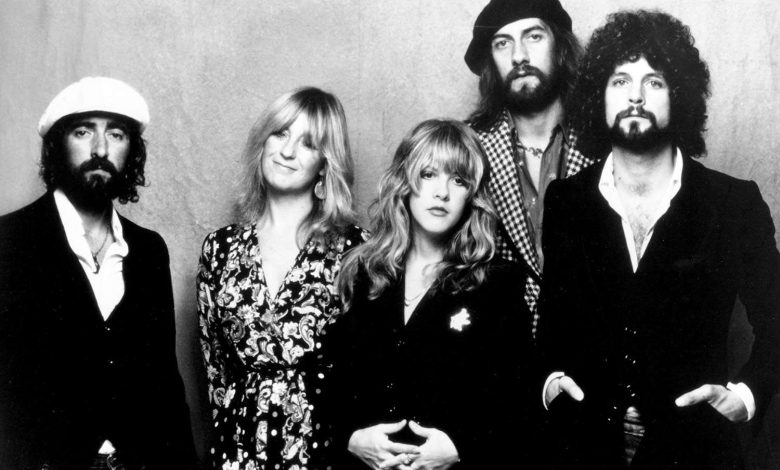Unlocking the Intriguing Tales Behind Every Fleetwood Mac Song: A Must-Read Exclusive

“It was absolutely necessary to take an extended amount of time, being incredibly thorough,” Roubin expresses. “When confronted with such forceful characters, whose interactions changed over time, it was unavoidable that multiple variations of their story existed. We needed to contrast them, decipher what was occasionally ‘diplomatic’ in the way their history was narrated — particularly during moments when specific members were reconciling — to unveil the genuine essence of their relationships. We had to determine when they genuinely adored or abhorred each other, and observe how that impacted their music.”
Undoubtedly, the effort was justified to approach as closely as possible to the reality behind some of the most cherished music of the 20th century, and Fleetwood Mac: All the Songs offers a plethora of information for both casual enthusiasts and die-hard Fleetwood Mac fans.
Roubin explains, “The band’s journey encompasses not just various periods but, more importantly, assorted musical genres. Reflecting on the band’s origins, the challenges they had to surmount, and where they eventually concluded, it was impractical to give justice to their narrative in anything shorter than 100 pages.”
Ollivier, in a similar vein, praises Fleetwood Mac’s perseverance, pointing out that the band reinvented itself several times while still managing to stay relevant. “Analyzing its discography helps us grasp the different transformations,” he remarks. “This sort of evolution is unparalleled. How did they transition from British blues in the Peter Green era to the smooth American pop of Rumours? It’s enthralling.”
Here is a glimpse into some of the most captivating facts behind a selection of Fleetwood Mac’s most legendary tunes.
‘The Chain’

One of the most compelling tales in the book, according to Ollivier, is the transformation of “The Chain,” the sole Fleetwood Mac track where all five members of the “Rumours-era” lineup are recognized as songwriters. Described by the authors as evolving from efforts to perfect a Christine McVie piece titled “Keep Me There,” incorporating a bridge developed by John McVie, Lindsey Buckingham, and Mick Fleetwood, as well as utilizing lyrics adapted from an unfinished Stevie Nicks creation.
“After countless attempts, the band eventually gained the clarity and bravery to discard certain elements of the composition and progress with what would evolve into an iconic piece from the original work,” Olliver informs PEOPLE. “This song signifies the unity of the band, showcasing moments when they were capable of looking past disagreements to excel.”
‘Over My Head’

When Lindsey Buckingham and Stevie Nicks joined Fleetwood Mac on New Year’s Eve 1974, the band had not graced the Billboard Hot 100 charts in six years. This changed with “Over My Head,” the lead single from 1975’s Fleetwood Mac — also known as “the White Album” — which peaked at No. 20 on the charts.
Roubin and Ollivier reveal that though Christine McVie initiated the song’s composition before Buckingham officially became a band member, when it was time to pen the lyrics, she was not reflecting on her then-husband John McVie. Referring to a 2022 interview, the authors point out how the keyboardist professed to have been influenced by Buckingham’s “charming appearance.”













